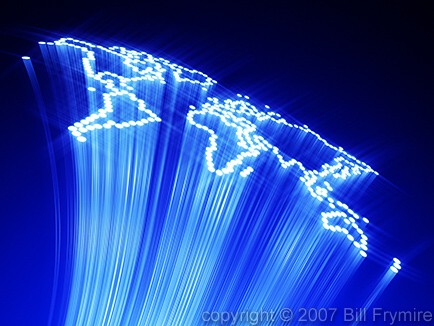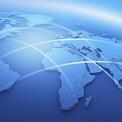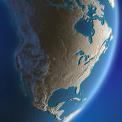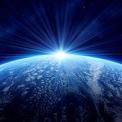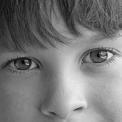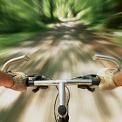Light Pollution: Help or Hindrance?
Light is the universal sign of safety. You are lost in a forest and you see light – you walk toward, not away from it. But what about when there is too much light? Researchers have yet to decide on the effects of excessive outdoor lighting on people who live near the source, but it has been hypothesized that everything from sleep disorders to cancer may be linked to light pollution. In fact, animals and plants have been proven to be affected by light pollution.
Plants use the length of the night to determine the seasons, which helps them decide the optimal time to bloom and germinate. While everyone knows about photosynthesis, the process by which plants produce energy to grow from the sun, did you also know that plants need darkness to produce the equally important chemical compound phytochrome to help regulate their growth cycle? The plant cannot distinguish between the light of the sun and an electric light source, and so if a plant is illuminated for a short period of time during the night, the plant records that 1 true night as 2 short nights, and reacts accordingly. This effect is especially pronounced in deciduous trees, which can be prevented from losing their leaves as a result of light pollution, which in turn disrupts the dormancy cycles of any birds, insects, or other plants that may be within that trees’ ecosystem.
Animals can also be affected by light pollution, especially animals that may use darkness to navigate such as frogs, bats, and sea turtles. Lights also attract daytime predators, and they in turn become nocturnal prowlers, which is bad news for their prey, who may used to use the cover of darkness for safer foraging.
Light can also have an impact on salmon, as was the case in the Cedar River in Washington, when artificial light caused salmon fry to stop swimming downstream and instead take cover in shallower, darker waters where they were more accessible to predators, decreasing their number significantly.
Baby sea turtles also use the differential of light and darkness to navigate their way to the sea after they hatch. Artificial street lights that are embedded rather than overhead can protect the turtle’s sense of direction.
Frogs are also affected directly, with tree frogs stopping their calling at night because of light pollution – and as their call is directly related to whether or not they are mating, these frog’s populations are on the decline in affected areas. On ecologist from Utica College, Bryant Buchanan, said, “If the males aren’t calling, they’re not reproducing.” Other effects on frogs include hormone production, and less time spent foraging, both factors linked to population decline.
So why are these animals significant?
Bats help humans in many ways, especially with insect control – they like to eat mosquitoes and crop destroying insects. They also spread the seeds of plants in the rainforest, which supplies many plants that humans currently use for development of pharmaceutical drugs to treat cancer, HIV and other diseases.
Frogs also decrease the insect population, and are an important food for many other animals (and humans). Frogs, like rain forest plants, are also used by scientists in the development of new drugs using the secretions from their skin.
Salmon are important for their direct contribution to the human diet, as well as for their own diet of insects. They also provide key nutrients to another animal – the bear. The more salmon present in an ecosystem, the more the bear will eat, leaving the remains for other animals and insects and helping each level of the interconnected ecosystem of that region.
Sea turtles also benefit both the marine and terrestrial ecosystem. On land, their unhatched eggs break down and become the nutrient base for sand dune vegetation, which works to keep beaches intact. In the ocean, they are the lawnmowers of sea grass, which provides the breeding and hatching grounds for a wide variety of sea life. Sea grass also helps the ocean’s function as a carbon sink, keeping our atmosphere in balance.
These are just a few of the animals that have been researched for effects from light pollution. No doubt there are many more species out there that are affected by light pollution in unknown ways.
And now let’s explore the animal we all know best: humans. Light pollution can impact us in many ways, from increased incidence of headache to decreased sexual function, as well as fatigue caused by decreased melatonin production. Lighting up the night changes the way our circadian clock functions, and disrupt production of beneficial brain chemicals, which can result in increased tumor growth.
You can easily solve lighting problems with blackout curtains or blinds, but some cities are getting creative with streetlights – giving the police the ability to turn them up or down based on suspicious activity. There is evidence that crime does not rise or fall based on the amount of outdoor lighting at night, causing stargazers to call for lights that don’t promote pollution so everyone can see the stars, and have a lower power bill. Animals, plants and even our fellow humans are sure to benefit from a little more darkness.
What do you think? Is light pollution a problem in your city? Do you have trouble sleeping when you are exposed to light pollution? Be sure to spread the word if you’re concerned about light pollution.


